Comprehensive promotion of iPSC-CM maturation by integrating metabolic medium with nanopatterning and electrostimulation
- PMID: 40118846
- PMCID: PMC11928738
- DOI: 10.1038/s41467-025-58044-6
Comprehensive promotion of iPSC-CM maturation by integrating metabolic medium with nanopatterning and electrostimulation
Abstract
The immaturity of human induced pluripotent stem cell-derived cardiomyocytes (iPSC-CMs) is a major limitation for their use in drug screening to identify pro-arrhythmogenic or cardiotoxic molecules. Here, we demonstrate an approach that combines lipid-enriched maturation medium with a high concentration of calcium, nanopatterning of culture surfaces and electrostimulation to generate iPSC-CMs with advanced electrophysiological, structural and metabolic phenotypes. Systematic testing reveals that electrostimulation is the key driver of enhanced mitochondrial development and metabolic maturation and improved electrophysiological properties of iPSC-CMs. Increased calcium concentration strongly promotes electrophysiological maturation, while nanopatterning primarily facilitates sarcomere organisation with minor effect on electrophysiological properties. Transcriptome analysis reveals that activation of HMCES and TFAM targets contributes to mitochondrial development, whereas downregulation of MAPK/PI3K and SRF targets is associated with iPSC-CM polyploidy. These findings provide mechanistic insights into iPSC-CM maturation, paving the way for pharmacological responses that more closely resemble those of adult CMs.
© 2025. The Author(s).
Conflict of interest statement
Competing interests: The authors declare no competing interests.
Figures
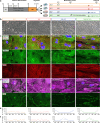
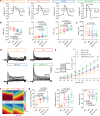
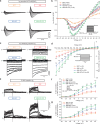
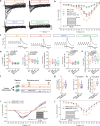
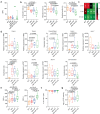
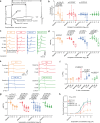


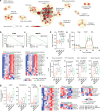

References
-
- Kolanowski, T. J., Antos, C. L. & Guan, K. Making human cardiomyocytes up to date: Derivation, maturation state and perspectives. Int. J. Cardiol.241, 379–386 (2017). - PubMed
-
- Streckfuss-Bomeke, K. et al. Severe DCM phenotype of patient harboring RBM20 mutation S635A can be modeled by patient-specific induced pluripotent stem cell-derived cardiomyocytes. J. Mol. Cell. Cardiol.113, 9–21 (2017). - PubMed
MeSH terms
Substances
Grants and funding
LinkOut - more resources
Full Text Sources
Miscellaneous

